A Little Bit of Personal History Regarding ELA Curriculum Design
While I started teaching in an era when prescriptive curricula and high stakes standardized testing were not yet a thing, I still utilized an anthology and organized my curriculum the way those anthologies were organized- around literary genre. Every year, we started with a short story unit and moved through units focusing on drama, poetry, some nonfiction, and a novel or two (one of which was usually an abridged version actually in the anthology). I am contrite to say that the focus of our study was mostly on literary form (read literary terms and devices) and formalist analysis. For the first several years of my career, I taught much as I had been taught and organized my curriculum pretty much as those I studied in high school myself were organized. Somewhere along the way (sadly, I cannot remember where so that I can give credit where credit is due) I learned about a thematic approach to ELA curriculum design. Suddenly, curriculum development became fun. I began to create multi genre text sets that included novels, short stories, poems, and nonfiction texts that shared a common theme, topic, or context. My unit titles had names like “Facing the Challenges of Family and Friendship” or “Learning from Change and Challenge” instead of “Short Story Unit.”
When I got to NYC in the late 90s and started visiting middle and high schools here, I found that, while not using anthologies in their ELA courses, teachers for the most part were organizing their curricula by genre study. Some “progressive” principals had outlawed the anthologies that had been used in years gone by, and many teachers (especially old timers) had them hidden in classroom closets so that they could refer to them when developing their curriculum. My observations were similar to those documented by Arthur Applebee: most literary study focused on novels (YA lit in the middle schools and canonical lit in the high schools). Schools had book rooms full of paperback novels, but very few collections of short stories, poems, or essays. Teachers who wanted to include these genres often found them wherever they could (often in those closeted anthologies hidden away in their classrooms or somewhere online), photocopied them, and used them either in stand-alone units (the poetry unit is almost always in April, National Poetry Month) or as stand-alone texts to “shake things up” when they finished teaching a novel. Occasionally, the short stories, poems, and essays were linked to the current novel study. Sadly, I find this to be true in many NYC schools today, twenty years later.
I do a fair bit of consulting with schools around NYC and often work with teachers as they plan instructional units. When I talk to them about organizing their study of literature around big ideas and themes, they almost always like the approach but are perplexed about where to find short stories, poetry, and informational texts (CCSS’ new name for genres we historically called nonfiction) that appeal to the young readers in their classes. This frequently encountered “problem of practice” is what led me to write this blogpost.
Following is a brief annotated bibliography of collections of poetry and short stories (and a few essays), primarily written for adolescents and young adults, that I have found to contain a wealth of great literature. I encourage teachers at all levels (elementary, middle, high school, college, and teacher education) to consider organizing their literature curriculum thematically, at least some of the time, and to commit to incorporating short stories, poems, and essays written for young people. In the 1990s and early 2000s, Joan Kaywell, in her four-volume series, Adolescent Literature as Complement to the Classics, encouraged us to pair works of adolescent literature with classic canonical literature. Similarly, I feel that stories, poems, and essays written for adolescents and young adults can and should serve as complements to novels (middle grades, YA, contemporary adult fiction, and classics) as well as other short stories and poetry that were not specifically written for young people. These texts can be read as a scaffold before reading a longer text, they can be read alongside the novel to provide support around a concept or idea found in the longer work, and they can be read after the reader has finished the novel to allow for intertextual analysis or to extend a discussion.
Short Story, Poetry, and Essay Collections for Adolescents and Young Adult
This list has developed over time. I learned about some of the texts from the teachers with whom I work, the preservice teachers that I teach, my colleagues in the world of adolescent and young adult literature, and good old Amazon.com. Each year when I teach my course, Adolescent Literature in Our Multicultural Society at Hunter College-City University of New York, I require students to read at least one anthology of short stories or poetry and to integrate a minimum of three genres into the thematic unit plan that they create in the course.
I have provided a very brief annotation for each of the twenty collections, with a hypertext link from the title to a published review that provides a more thorough description of the book along with a brief critique in most cases. In no way do I consider this a complete list of collections of short stories and poetry written for adolescent and young adult readers. I had to trim the list and made every effort to include works that represent the experiences of the incredibly diverse youth who inhabit our classrooms today. I hope that readers will add to this list in the comment feature of this blog so that we can all continue to learn about texts that will enhance our libraries and reading lists and will allow us to provide literary windows and mirrors to all of our students in their reading of multiple genres. Even if we still have some genre study units (and I do think they are OK sometimes), let’s create others that blend multiple genres and allow for intertextual analysis across genres.
This collection of fictional short stories about young people living under Apartheid in South Africa reveals the depth of the oppression and injustices faced in that country from 1948-2000.
Sudden Flash Youth: 65 Short-Short Stories edited by Christine Perkins-Hazuka, Tom Hazuka, and Mark Budman
Each of the sixty-five short stories in this collection has no more than 1000 words. The narratives tell the stories of challenging moments of change that occur during adolescence and young adulthood. The authors are a mix of writes for adolescents and young adults and adults.
Outside Rules: Short Stories about Nonconformist Youth edited by Claire Robson
This collection of fourteen stories focuses on the experience of “outsider teens” as they try to negotiate relationships with their peers while being true to themselves and their identities.
This collection of 38 poems provides an “unflinching narrative” that tell the stories of young men and boys who struggle to live in the industrial suburbs of Chicago.
The Full Spectrum: New Generation of Writing about LGBTQ and Other Identities edited by David Levithan and Billy Merrell
This multigenre collection includes poems, short stories, and (mostly) essays written by young adults in their teens and early twenties and focuses in the experiences of young people who identify as LGBTQ or other identities.
First Crossing: Stories about Teen Immigrants edited by Don Gallo*
This collection of stories written by popular YA authors explores the realistic (though fictional) experiences of teenage immigrants as they face the challenges of relocating to America.
This collection of stories written by popular YA authors explores the experiences of young people with physical, psychological, and cognitive challenges.
Visions: 19 Stories by Outstanding Authors for Young Adults edited by Don Gallo*
This collection of short stories written by popular YA authors focuses on a wide variety of common experiences and issues faced during adolescence and young adulthood.
13: Thirteen Stories that Capture the Agony and Ecstasy of Being Thirteen edited by James Howe
The title pretty much says it all. These stories are written by popular middle grades and YA authors.
These 36 poems about the early experiences of driving and learning to drive are simultaneously poignant and hilarious- something most teens (and adults) from “driving cultures” can identify with (in NYC, most teenagers do not learn to drive while they are still in high school).
Cool Salsa: Bilingual Poems on Growing Up Latino in the United States edited by Lori Carlson
This bilingual collection of poems explores the experience of growing up as a bicultural, bilingual Hispanic youth in America.
Face Relations: 11 Stories about Seeing Beyond Color edited by Marilyn Singer
This collection of short stories written by diverse well-known authors of books for adolescents and young adults explores the challenges of racism in today’s world and offers glimpses into ways that young people are embracing diversity rather than letting it divide them.
This collection of original short stories is written by popular YA authors and explores the experiences of growing up LGBTQ or having parents who identify as LGBTQ.
Every Man for Himself: Ten Stories about Being a Guy edited by Nancy E. Mercado
This collection of short stories, written by popular male authors of adolescent and young adult literature, provides insights into the trials and tribulations of being a young guy. The authors use a mix of humorous and serious tones to engage readers.
A Maze Me: Poems for Girls by Naomi Shihab Nye
This collection of 27 poems by a beloved poet offers young readers a window into the common experiences faced by girls over the age of twelve and a mirror into their own souls.
In sixty narrative poems, this gifted poet shares with her adolescent and young adult readers the varied experiences of youth across the Middle East.
What are You? Voices of Mixed Race Young People by Pearl Fuyo Gaskins
In this sensitive multigenre collection of interviews, essays, and poetry, over 40 mixed race young adults relate their experiences growing up in the United States. Their racial identities represent a wide blend of cultures: European, African, Asian, Native American, Jewish, Arabic, Caribbean, Hispanic, and Pacific Islander.
Firebirds: An Anthology of Original Fantasy and Science Fiction edited by Sharyn November
This collection of sixteen original stories written by a range of award winning science fiction and fantasy writers is intended for young adults and adults alike.
For this collection, nine American women authors of books for adolescents and young adults wrote stories or poems about girls engaging in a variety of sports and athletic activities. The book also includes bios of each author, focusing on their own real life experiences playing a sport.
Everyday Struggles: The Stories of Muslim Teens by Sumaiya Beshir
This collection of short stories was written my Muslim teenage girls for their peers. The stories they share provide insight into their thoughts and feelings about the unique challenges they face as developing Muslim women.
* I feel that I would be remiss if I did not give a shout out to Don Gallo, who I consider the father of the YA literature short story anthology. The three collections included in this list are but a sample of the numerous collections Don collaborated on with many of the greatest writers in our field. Do an Amazon search to find many other titles. Many thanks, Don. G.
Thanks for following. I hope you are as inspired as I am to include some of these books in your next YA literature course. If you are a librarian or a teacher, I hope some of these find their way to your shelves.
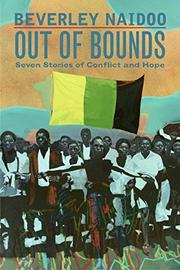
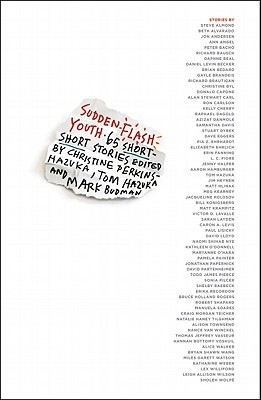
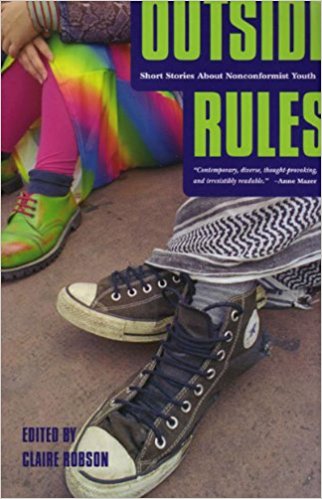
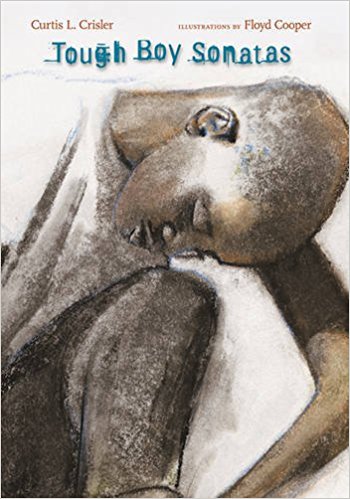
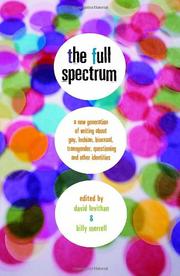
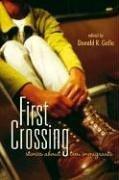
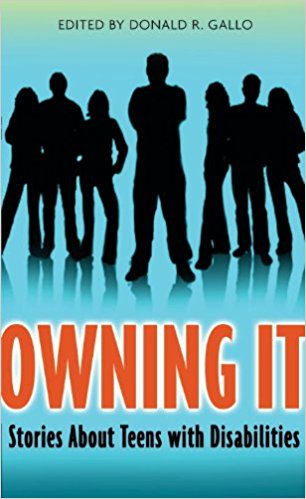
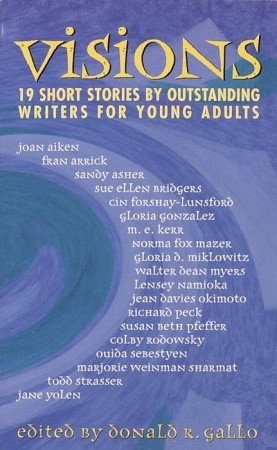
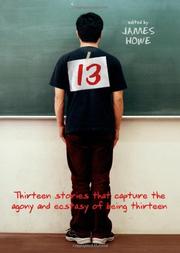
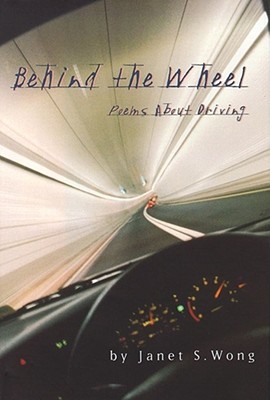
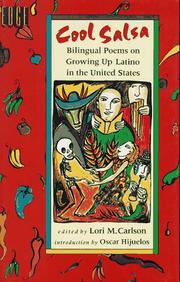
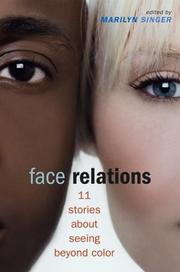
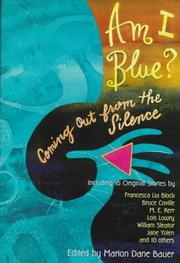

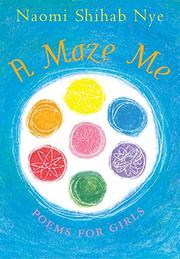
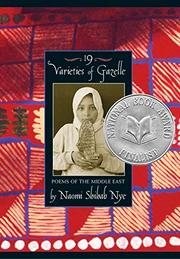

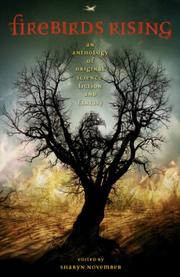
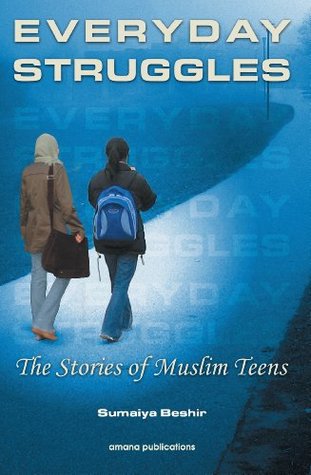
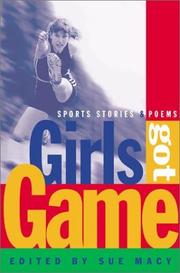

 RSS Feed
RSS Feed